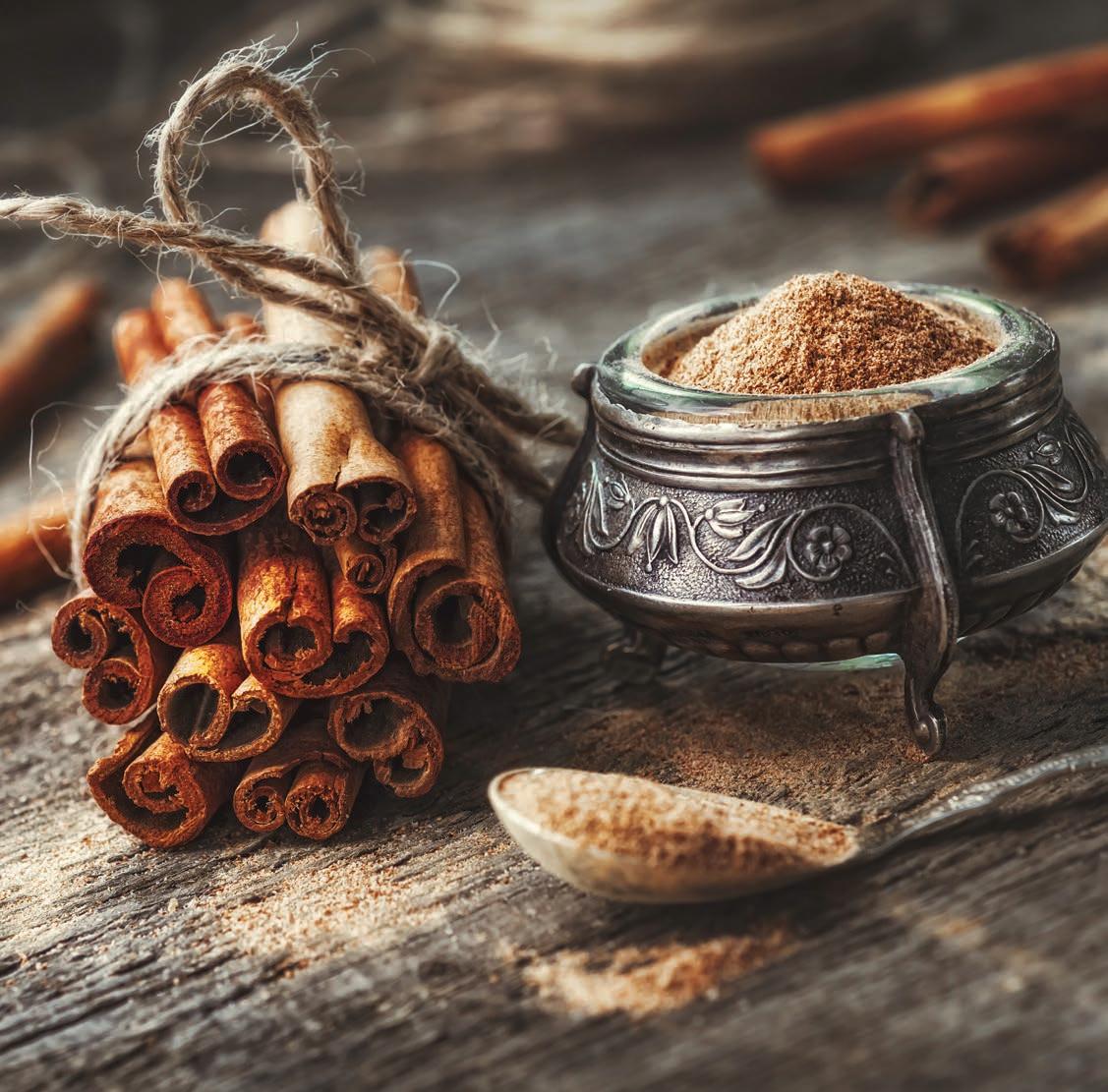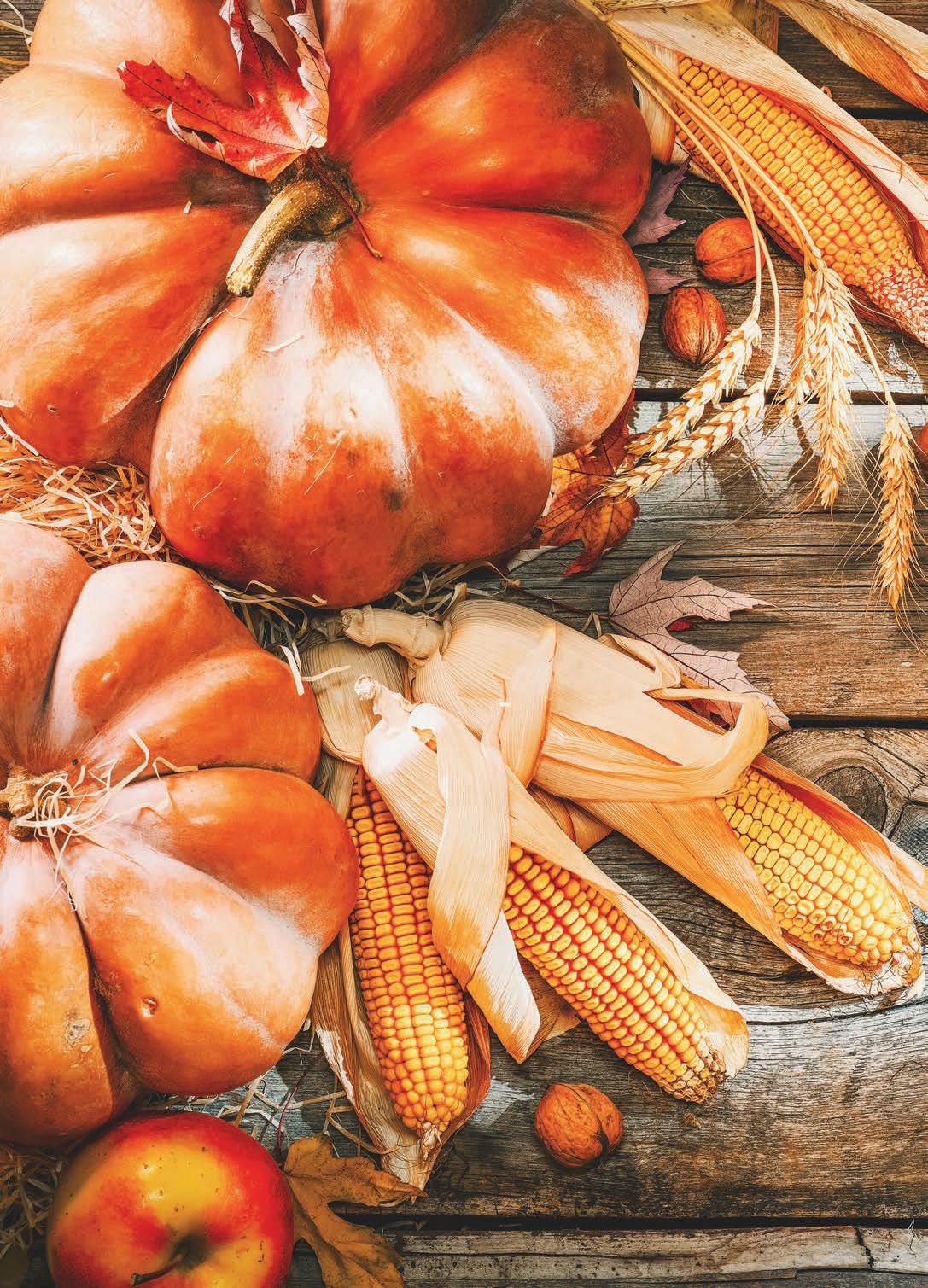
7 minute read
Lower your blood sugar levels
TYPE 1 DIABETES AND INSULIN DEPENDENCY This type of diabetes is an autoimmune disease. In people thus affected their own immune system attacks pancreatic cells, which produce insulin. The result is the inability to produce the hormone independently. This disease usually appears in people younger than 20 and, as of yet, we do not have a cure for it. Individuals afflicted this way are forced to supply their bodies with insulin for the rest of their lives. What is most striking about this illness is probably the notion that its occurrence increases hand-in-hand with type 2 diabetes.
TYPE 2 DIABETES: Almost all patients can be cured. A much more common version of this disease is the type 2 diabetes, affecting up to 95 percent of all diabetics. During this illness the body does produce insulin but is unable to decode it correctly and use it effectively. The disease is considered to be an advanced phase of insulin resistance. This brings about increased levels of blood sugar, and consequently an array of complications. A commonly disregarded fact is that type 2 diabetes can be avoided completely and almost in 100 percent of cases it is possible to cure it. The symptoms of diabetes are: excessive thirst, extreme hunger (even after having eaten), nausea and vomiting, abnormal weight gain or loss of body mass, increased tiredness, excitability, blurred vision, slow healing of wounds, frequent infections (dermal, urinary and vaginal) and insensitivity or the feeling of pins and needles in hands or feet.
Advertisement
THE MISTAKEN IMAGE OF DIABETES Diabetes isn’t an illness of blood sugar levels, but more likely a defect in insulin and leptin signaling, which, without timely treatment, develops from a prediabetes state into full-blown diabetes over time. One of the reasons why standard medicine cannot treat diabetes in any other way except by insulin injections and medication is because it refuses to solve its core cause. The key is insulin sensitivity. The purpose of the pancreas is to produce this hormone and secrete it into the blood stream, where it regulates the level of glucose to one that is vital for the body to function properly. The function of insulin is therefore to supply energy to cells. In other words, it is impossible to live without it, and under normal conditions the pancreas produces a sufficient amount of it. However, certain factors exist which can be risky for the pancreas.
RISK FACTORS OF TYPE 2 DIABETES The probability of contracting diabetes increases with these factors: age 45 and over, overweight or obese, family history of diabetes, high blood pressure, physical inactivity, depression, gustatory diabetes, atherosclerotic cardiovascular diseases, HDL cholesterol levels under 0.043 oz/Gal, triglyceride value on an empty stomach over 0.3 oz/Gal, treatment with atypical antipsychotics, glucocorticoids, obstructive sleep apnea and chronic sleep deprivation. If you have one or more of these risk factors or if you have increased levels of sugar in your blood, there is a significant chance you will be diagnosed with diabetes and treated either with antidiabetics in the form of pills or in the form of insulin injections.
NATURAL PRODUCTS FOR REDUCING DIABETES
Beans They are both nutritious and low in calories and have a lot of fiber which will keep you going for a long time. A handful of beans can, in addition, adjust the sugar levels in your blood and stabilize both blood pressure and cholesterol levels. We should add them to our diets for their low glycemic index.
Cinnamon In 2003, Pakistani scientists published a study describing cinnamon as a remedy against diabetes. The participants in the study were dosed daily with 0.035, 0.11 or 2.1 oz of cinnamon for 40 days. After this time the scientists discovered the following effects: The level of blood sugar lowered by 18-29 percent. LDL cholesterol decreased by 7-27 percent. Overall cholesterol shrunk by 12-26 percent, while the protective HDL cholesterol did not. Triglyceride levels were reduced by 23-30 percent.
The Pakistani scientists also discovered that the advantages of using cinnamon were maintained even after the participants stopped consuming it. In practice this means that it is not necessary to take cinnamon daily and it can still show the aforementioned effects during diabetes. However, this applies to long-term use; at the beginning it is necessary to take it for at least a month or ide
ally, 40 days before it to show these effects. Afterwards it is possible to take breaks in its use. Since then 52 other studies analysing the effects of cinnamon have been conducted. Nevertheless, it is important to note that since cinnamon really affects the levels of blood sugar, you should be careful not to take big doses of cinnamon when diagnosed with diabetes unless your doctor has agreed.

Blueberries The healing effects of blueberry leaves depends on the way they are collected, as they have to be collected before the berries ripen. Their healing effects have been clinically tested; it is proven that before the ripening of the berries, the leaves contain myrtillin, a substance which not only improves the use of sugar but can also cure the illness. Myrtillin, present in blueberry leaves, is by no accident called “herbal insulin.” Even though blueberry leaves have such amazing attributes, before you start drinking blueberry herbal tea to treat diabetes, consult your doctor.
Cranberries The healthy red berries were already known to native Americans in ancient times. Europeans discovered them much later. Nevertheless, in the 17th century it was already well known that cranberries alleviate stomach trouble, heal the liver, and help treat illnesses of the bloodstream or tumors. Later on, scientists discovered that cranberries also contain ellagic acid, which can destroy bacteria causing urologic issues. At present, cranberries are becoming more and more prominent in talks about diabetes prevention and treatment, thanks to their ability to effectively lower blood sugar levels.
The berry (Fructus vitis idaeae) – it contains huge amounts of vitamins, mineral compounds and salts, as well as sugar, tannins and acids. Pick the berries when they are completely ripe (from August till October). Some varieties grown in the garden can be harvested even twice per season. Fresh berries should be canned or dried immediately, be it in the shade or in the sun.
The leaf (Folium vitis idaeae) – it contains mineral salts, organic acids, flavonoids, triterpenes, tannins and phenol glycosides. It is the leaf that makes for such a useful additive in treating diabetes. Collect the leaves in late summer or in fall. Dry them in the shade or in the sun. The dried product is dark green, has no smell and has a sharp bitter taste.
PREVENTING THE ILLNESS Type 2 diabetes can be avoided. Even though the disease has broken out, it is possible to treat it. In Type 2 diabetes, the pancreatic cells create insufficient amounts of insulin or the body isn’t able to decode this hormone well and use it accordingly. This state is known as insulin resistance. Glucose is amassed in the blood, but lowering blood sugar levels with antidiabetics is not enought to cure diabetes. Diabetes is a defect of leptin and insulin signal, and the real therapy is based on restoration of the body’s ability to process them. Leptin is a hormone produced by lipoids, the adipose cells. The core function of leptin is to regulate appetite and body weight. It also gives signals to the brain when to eat and when to stop eating. Leptin also helps decide how to store the gained energy and affects the function of insulin. The only known way to regulate leptin and insulin is through a healthy diet and regular exercise.
NUTRITION TIPS You should cut down on your daily intake of simple sugars as much as you can, including products from white flour. An abundant intake of simple sugars is very common in most people. Glucose and fructose, each using a different mechanism, both bring about the development of diabetes. Take in proteins mostly through vegetables. Legumes and nuts are also therapeutically helpful for diabetics. It is also a good idea to add sport into your daily routine. Regular exercise is essential for preventing diabetes and its treatment of an already evolved case as it decreases the resistance of insulin and leptin. It is very important to establish and maintain healthy sleping habits. A lack of sleep or sleep of poor quality leads to distortion of insulin release, thereby increasing the risk of diabetes and metabolic syndrome. To ensure your body takes in vitamin D, which also helps treat diabetes, spend enough time in the sunlight regularly. Out of a group of dietetic foods it is advisable to comsume those containing vitamins of the B group, as well as chrome, magnesium and zinc. These foods include fish, lamb or chicken, just to name a few.











